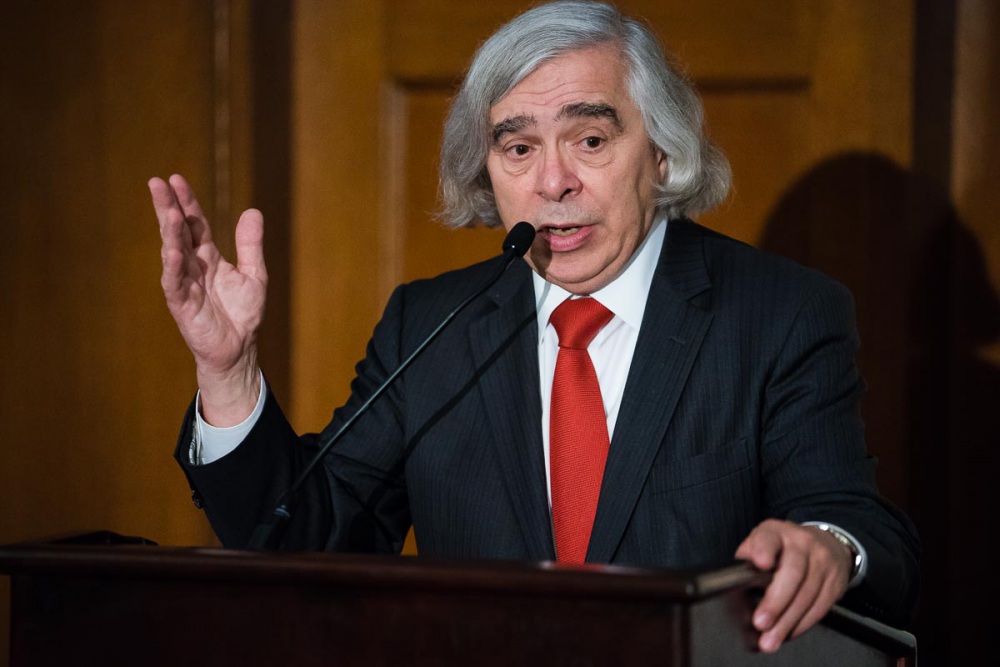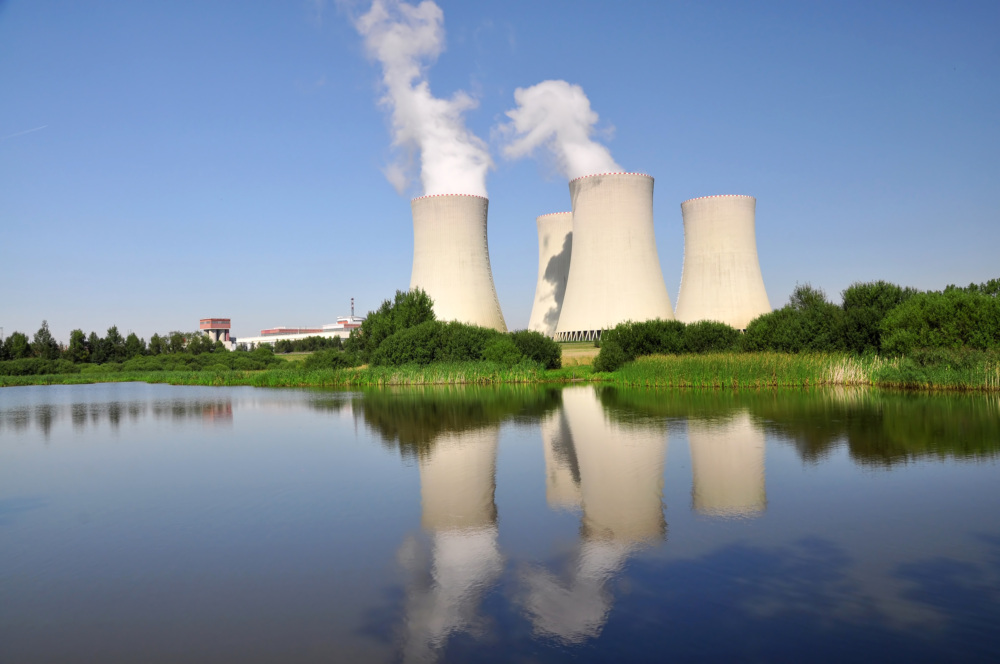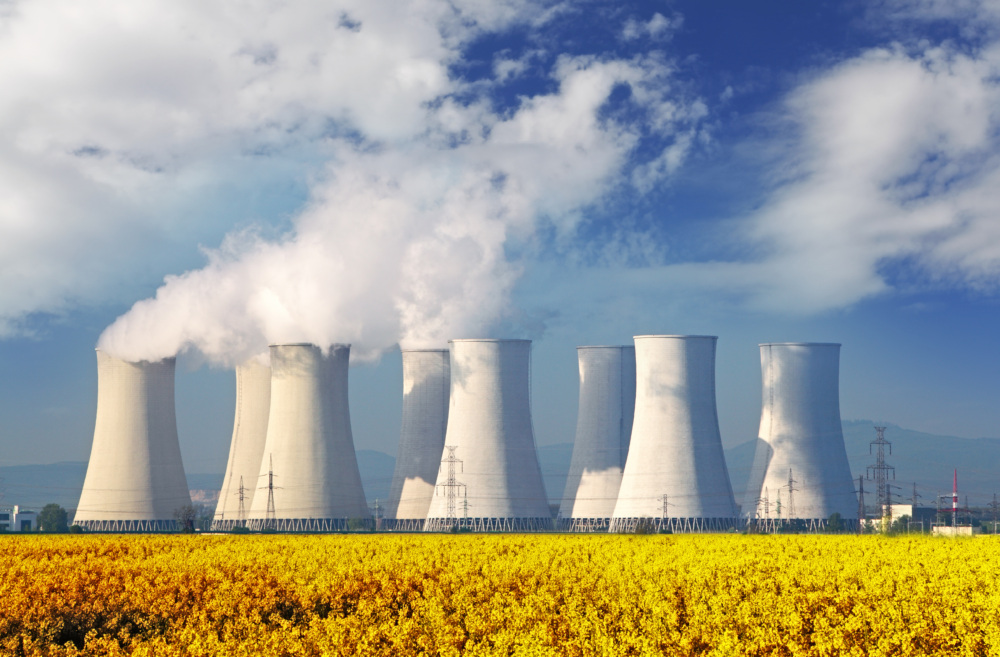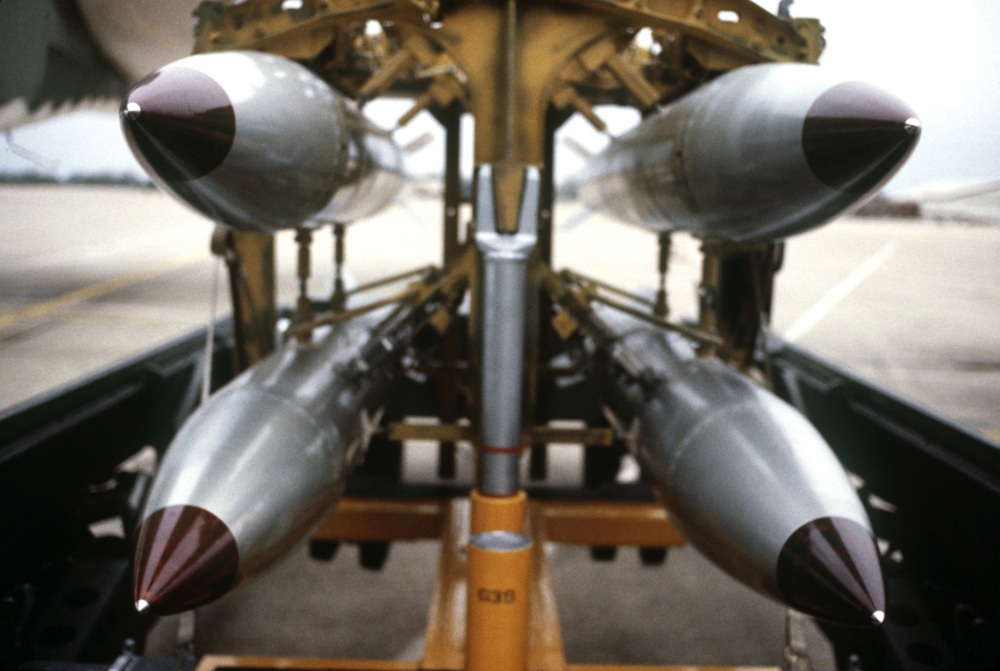
Ernest J. Moniz
Co-Chair and Chief Executive Officer, NTI
Iran’s
announcement that it would no longer abide by certain “operational
restrictions” on uranium enrichment in the Iran nuclear deal has prompted a
slew of questions about Iran’s activities and intent, the status of the deal
(more formally, the Joint Comprehensive Plan of Action or JCPOA), and what will
(or should) happen next.
These
questions are best understood in the context of the structure of the JCPOA, a
deal built on Iran’s commitment that its nuclear activities would be
exclusively peaceful. First, Iran has
biting restrictions on its nuclear activities, some time-limited and others in
perpetuity. Second, and more important, Iran is subject to a unique
comprehensive verification regime, with the international inspectors granted
capabilities available to them nowhere else.
Is Iran’s
Jan. 5, 2020 nuclear announcement a response to the killing of Iranian General Qasem
Soleimani?
No. The timing was coincidental to the killing of Soleimani. In
May 2019, one year after the United States unilaterally withdrew from the
JCPOA, President Hassan Rouhani announced that Iran would begin stepping back
from some of its commitments and would announce additional steps away from the
deal every 60 days, unless the remaining JCPOA partners delivered promised
sanctions relief. Iran deemed the subsequent steps taken by the E3/EU countries
(France, Germany, and the United Kingdom, and the European Union) insufficient.
Its “fifth and final” announcement came on January 5, as expected.
Has Iran
effectively “quit” the JCPOA?
No. Tehran has made clear in its announcements that it is taking
steps while remaining “within the deal,” to cease performing “in part” certain
JCPOA commitments. Iran stated that the steps could be reversed, though it can
never “reverse” the experience gained through nuclear operations. Still, Iran can remove and dismantle
equipment and ship out or dilute the material. More importantly, Iran has so
far continued to comply with a key element of the deal: its stringent
verification and monitoring measures, including on specific non-nuclear
activities needed for nuclear weapons development. If Iran chose to “break out”
of the deal or rush to build a bomb, the verification system would provide
early indication. I have characterized the JCPOA approach as “don’t trust…and
verify, verify, verify.”
What are
Iran’s current capabilities? How quickly could it build a nuclear weapon?
Before negotiations with Iran started in the mid-2010s, Iran’s
“breakout time”—or the time it would take to produce the first bomb-worth of
nuclear material in an all-out effort—had shrunk to a couple of months, an
estimate based on the quantity and type of its feed material as well as the
quantity and type of gas centrifuges available to produce weapons-usable
uranium.
In the face of a unified international community, Iran accepted
limits under the JCPOA that extended its breakout time to at least one year for
the first 10 years of the deal. This was accomplished by reducing Iran’s
nuclear infrastructure dramatically, removing 98% of its enriched uranium, and
restricting its centrifuge development activities.
Now, though Iran’s breakout time is decidedly longer than it was
when negotiations started, it is inching back from one year because of the
steps it is taking away from JCPOA restrictions. The speed at which the
timeline will shrink depends on how much, and how quickly, Iran chooses to
exceed the JCPOA limits. Reports from International Atomic Energy Agency (IAEA)
inspectors, who remain on the ground daily, suggest Iran is increasing its
enrichment levels only minimally but is expanding work on more efficient gas
centrifuges. The next IAEA report in March 2020 will fill in many blanks, but
the continued presence of the IAEA means the “worst case” breakout estimates, which
would require Iran to use all its known facilities and materials, cannot take
place without immediate detection.
A rush to a bomb can be maximally secret or maximally fast—but not
both.
Regarding plutonium, which also can be used to build a bomb, Iran
is abiding by limits in the deal that prohibit facilities from separating
plutonium and is continuing to cooperate with China and the United Kingdom to
modify its design for a new nuclear research reactor so that it will not
produce suitable material for a weapon. The reactor that they were building
before the JCPOA, which would have produced enough plutonium annually for one
or two bombs, has been partially destroyed.
How do we
know that Iran doesn’t have any secret sites?
While there is broad agreement that Iran’s structured nuclear
weapons program ended after 2003, we can never be 100% sure that there are no
clandestine activities related to nuclear weapons. However, the existing,
intrusive verification system in Iran is designed specifically to identify
indications of secret activity with as much warning time as possible and to
give the international community the ability to follow up on any relevant
evidence. It raises the bar substantially for hiding covert nuclear weapon
development activities and getting caught again at such activities would
mobilize a strong international response.
The verification system is supplemented by national intelligence
activities.
What
should happen now?
The
international community must work to reinvigorate diplomacy to address the
Iranian nuclear challenge. Recent
actions by the United Kingdom, France, and Germany to trigger the “dispute
resolution mechanism” may serve this purpose, but it is a risky gamble. At a
minimum, it will be necessary for the United States to work with our European
allies, as well as Russia and China, to press Iran not to further expand its
nuclear program. Whether or not the
JCPOA survives, the core elements of the deal should remain important touchstones
for any future arrangement: well-defined restrictions on Iran’s nuclear fuel
cycle activities for a significant period, paired with the highest possible
level of international monitoring and verification.
A PDF version of the Q&A is available here.
Sign up for our newsletter to get the latest on nuclear and biological threats.
At this critical juncture for action on climate change and energy security, 20 NGOs from around the globe jointly call for the efficient and responsible expansion of nuclear energy and advance six key principles for doing so.
To make good on their COP28 pledge, countries need a new approach to building, regulating, and financing nuclear technology.
Understanding nuclear materials, including how plutonium and enriched uranium are produced, and the basics of nuclear energy and nuclear weapons, is the focus of this tutorial.



